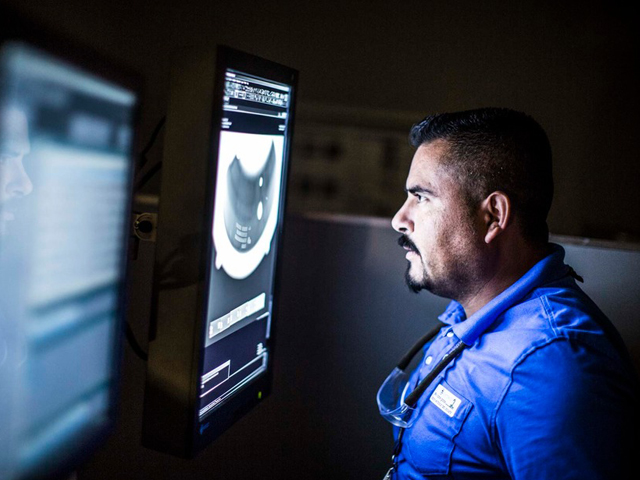As our loved ones age, their risk of falling increases, making fall detection devices an essential tool for their safety. However, many seniors are reluctant to use such devices due to concerns about independence, cost, or simply being unfamiliar with the technology. If you’re struggling to persuade a senior in your life to embrace a fall detection device, this guide will provide you with practical strategies to help them see the benefits and feel comfortable with the decision.
Understanding Their Concerns
Before attempting to convince a senior to use a fall detection device, it’s important to understand their reservations. Common concerns include:
- Loss of Independence – Many seniors fear that wearing a fall detection device signals a loss of autonomy and makes them feel dependent on others.
- Privacy Issues – Some are concerned about being monitored constantly and feel uneasy about the idea.
- Technology Hesitation – Seniors who are not tech-savvy may find using a new device overwhelming.
- Denial of Risk – Many older adults do not perceive themselves as at risk of falling and therefore see no need for such a device.
- Cost Concerns – Some seniors are on a fixed income and worry about the affordability of fall detection technology.
Approaching the Conversation with Empathy
To successfully convince a senior to use a fall detection device, approach the conversation with patience, understanding, and respect. Here are some key strategies:
1. Emphasize Their Safety and Independence
Rather than presenting a fall detection device as something that limits their freedom, frame it as a tool that helps them maintain their independence longer. Explain how having a device ensures they can continue living alone safely while providing peace of mind to their loved ones.
Example: “Mom, wearing a fall detection device doesn’t mean you’re losing your independence. In fact, it’s the opposite! It allows you to continue living life on your terms without worrying about what might happen if you fall when no one is around.”
2. Share Real-Life Stories
Sometimes, sharing real-life experiences can be more convincing than simply explaining the benefits. If you know someone who has benefited from a fall detection device, share their story. Melanie Redd has spoken about how these devices have given peace of mind to both seniors and their families, ensuring that help is always available when needed.
Example: “Remember Aunt Linda? She resisted using a fall detection device too, but when she had a fall in the kitchen and was able to get help quickly because of it, she was so grateful she had it on.”
3. Focus on Their Loved Ones’ Peace of Mind
Many seniors are more receptive to change when they see how it benefits their family members. Explain how having a fall detection device would ease your worries and allow you to check in on them less frequently without concern.
Example: “Dad, you know I worry about you when I’m not around. If you had a fall detection device, I wouldn’t have to check in so often because I’d know you’re safe.”
4. Offer to Demonstrate the Device
Fear of the unknown can be a major barrier. Offer to show them how a fall detection device works, let them hold it, try it on, and see how simple it is to use. If possible, choose a device that is discreet and easy to wear.
Example: “Let me show you how this works—it’s lightweight and only calls for help if you actually fall. You don’t have to press anything, and no one is watching you all the time.”
5. Address Cost Concerns
If cost is an issue, research different pricing options, insurance coverage, or financial assistance programs that can help reduce the burden. Some fall detection devices may be covered by Medicare, Medicaid, or other programs.
Example: “There are affordable options available, and some insurance plans may even cover part of the cost. Let’s look into it together and find the best solution.”
6. Involve Their Doctor
Sometimes, hearing a recommendation from a trusted medical professional carries more weight than hearing it from family. Ask their doctor to discuss the benefits of fall detection devices during their next appointment.
Example: “Your doctor mentioned that fall detection devices can really help prevent serious complications. Maybe we can ask them what they recommend?”
7. Start with a Trial Period
If they’re hesitant, suggest trying the device for a short period to see how they feel about it before making a long-term commitment.
Example: “Why don’t we just try it for a month? If you don’t like it, we can look for another option.”

Choosing the Right Fall Detection Device
To improve their comfort level, involve the senior in choosing a device that suits their lifestyle and preferences. Here are some factors to consider:
- Wearable vs. Non-Wearable – Some devices are worn as pendants or watches, while others can be installed in the home.
- Automatic vs. Manual Activation – Automatic devices detect falls without needing to press a button.
- GPS Tracking – Useful for seniors who are active and leave the house frequently.
- Waterproof Design – Essential for use in the bathroom, where many falls occur.
- Battery Life – Look for devices with long battery life to reduce the need for frequent charging.
Overcoming Resistance Over Time
If they are not immediately receptive to the idea, don’t push too hard. Instead, bring up the topic gradually and reinforce its benefits through everyday conversations. Over time, their resistance may lessen, especially if they witness others benefiting from such technology.
Final Thoughts
Convincing a senior to use a fall detection device requires patience, empathy, and effective communication. By addressing their concerns, demonstrating the benefits, and involving them in the decision-making process, you can help them feel more comfortable embracing this life-saving technology. Remember, the goal is to enhance their safety while respecting their independence—something both you and your loved one can feel good about.




